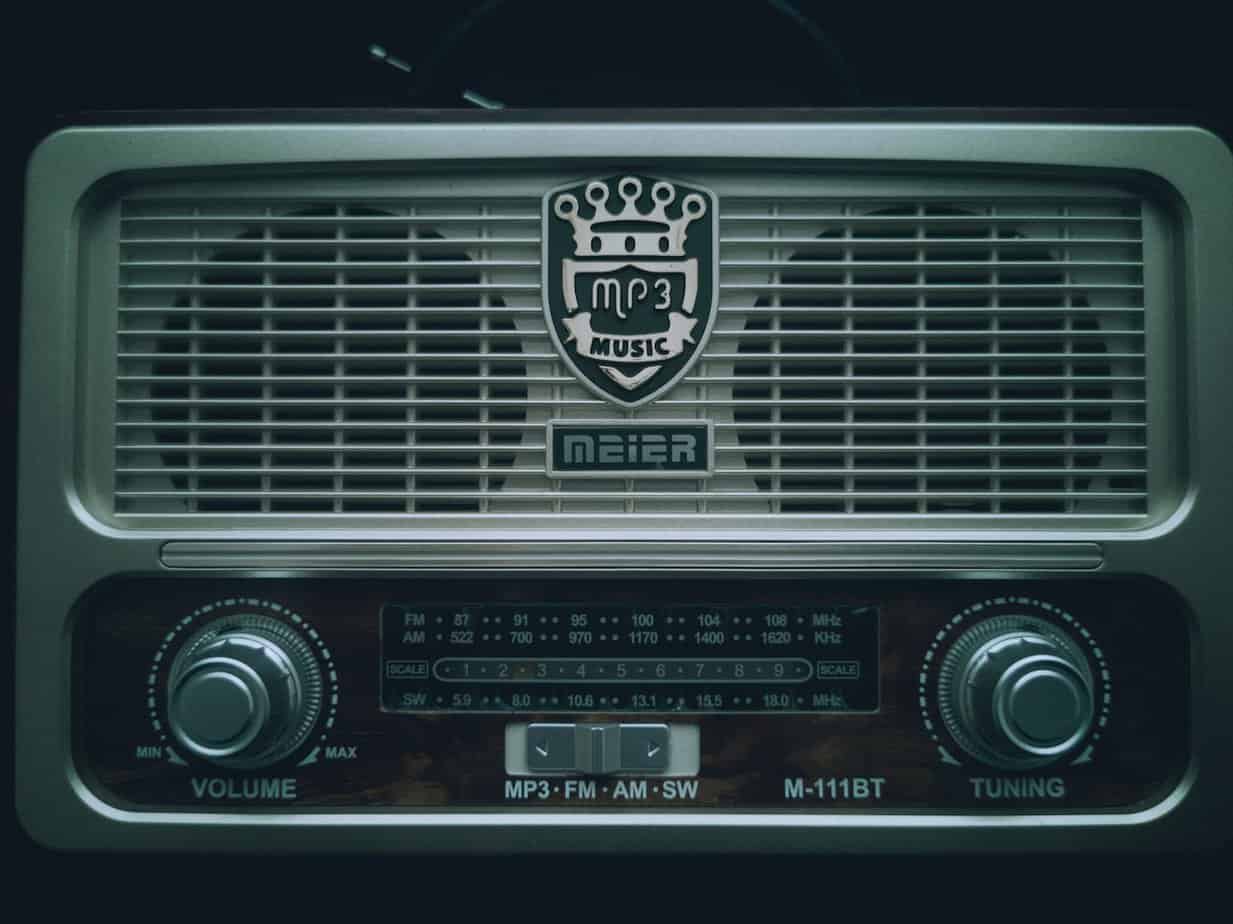Amateur radio (or “ham radio”) can be an exciting, rewarding hobby. “Hams,” communicate over long distances via special radio frequencies that commercial radio stations cannot access. But even though this hobby is “amateur,” it takes a lot of time, money, and knowledge to set up a ham radio station for beginners. Here’s how to do it!
What, Why, and How?
Some readers may be wondering what “ham radio” is. Maybe they did not realize amateur radio existed. This article will detail how to set up a ham radio station, but beginners should know what it is, what it isn’t, and why to do it in the first place.
“Ham radio” gets its name from being “ham-fisted.” In reality, hams are highly skilled technicians who set up radio stations at home, in their cars, or even in the great outdoors. They do it all themselves.
So, why would someone go to all that trouble? Put simply:
- Hams stay connected when other lines are down.
- They gain satisfaction from learning a new skill.
- It is excellent for people who like math, science, and figuring out how things work.
- Ham radio is local and unsponsored, meaning it can be a reliable source of information.
- It’s cheaper and easier than one might think!
Ham radio is mostly amateurish because hams do not make money off of their frequencies. All hams must still be licensed by the FCC to remain legal. It is forbidden to advertise on frequencies reserved for hams! But hams must still fill out paperwork before setting up their stations.
License Exams
Beginner hams must take a technician license exam before buying any supplies. The total costs involve tests and submitting a form to the FCC. Expect to pay around $85 in total; you may get away with less.
There are three different types of license exams: the Technician License Test, the General License Test, and the Amateur Extra License Test. Each exam is more difficult than the last, with the Amateur Extra License having 15 more questions than its predecessors. The more exams you take, the more you can do.
To find out where these exams are located, look for a local American Radio Relay League (ARRL) branch near you. The tests are usually given by other hams; do not be afraid to say hello, connect, and ask questions about the hobby.
It costs a small fee ($15) to take the exam. Please try the practice exams before spending any money. Many local branches of the ARRL will let hams-to-be proceed to the next exam without an additional fee. It is better to get all of the exams done in one sitting.
Location
Again, before buying anything, a ham must decide where they want to broadcast from. Stories abound of hams broadcasting from remote locations or during major emergencies. It is easy to think that hams can broadcast from anywhere, but it is more complicated than that.
Ham radio operators often devote a room to their hobby. This is called a “shack.” Here are a few things to keep in mind while setting up:
- Space: A shack needs space for cables, antennas, etc.
- Power: Whether batteries or plugs, all of this equipment needs electricity.
- Comfort: Hams spend a lot of time sitting. It may be worth investing in an ergonomic chair.
- Temperature: Much like mobile phones, ham radio equipment is vulnerable to cold temperatures. Some batteries come with notes regarding temperature for the best performance.
- Moisture: Dew and other forms of condensation can also cause problems for electronic equipment.
- Other people: If a ham sets up in their home, they must not disturb other occupants.
Some hams do not broadcast from home. Instead, they prepare backpacks to take their operations outdoors. Temperature and power requirements still apply. Broadcasting from a car is another option. The possibilities are almost limitless!
Supplies
After passing the licensing exams and deciding on a location, new hams will be ready to purchase their equipment. Here is a list of standard ham radio equipment with the average price one can expect to pay for each part:
Transceiver
The transceiver is what allows a ham to communicate, and will probably be the most expensive part of setting up a ham radio station for beginners. They range anywhere from $70–1,300.
Power Supply
Everything a ham has will require electricity. Regardless of whether one’s shack is at home or on the go, a power supply is essential. Expect to pay $30–110 for a ham radio power supply.
VHF/UHF Antenna
A VHF/UHF antenna allows ham users to talk to each other. These frequencies are almost exclusively reserved for “secondary users,” so there is a high chance of meeting another ham! These usually cost anywhere from $20–40, but high-end antennae can range from $80–100.
HF Wire Antenna
A wire antenna allows hams to communicate over frequencies from 3–30 MHz. This is commonly used for weather, government communications, and amateur radio. This simple-looking cord ranges from $18–400—quite a range!
Headsets/Microphones
Finally, any ham should have a way to get their voice across the airwaves. People with more elaborate shacks can invest in professional microphones, but more hams will gravitate towards headsets. Expect to pay $23 for a relatively good headset with a microphone, but some headsets
Most types of equipment also come with mobile versions for hams on the run. Many hams can fit all of the above in a backpack, so a ham radio station can theoretically be anywhere!
Total Costs
If ham radio sounds appealing, not only should you prepare for an exam, but you should also prepare your wallet. Here’s how much you should expect to pay when setting up a ham radio station for beginners:
Exams: $85
Transceiver: $70
Power Supply: $30
VHF/UHF Antenna: $20
HF Wire Antenna: $18
Headset: $23
Total: $226
However, if you get connected ASAP and shop smartly, you should be able to save a lot of money. Study hard to spare yourself repeated exam fees. If someone is selling their old equipment, don’t be afraid to ask why; they may be upgrading, giving you a bargain. Save where you can as a beginner!
Conclusion
People who like connecting with others and having first-person accounts of important events will find good company in the worldwide ham radio community. Setting up a ham radio station for beginners is much easier than you might think—paperwork aside. It requires a reasonable amount of money and planning. Once that is out of the way, you are free to ham it up.
References
http://www.arrl.org/setting-up-a-station
https://jkcomm.com/about/company-news/frequency-differences-and-applications/
https://moonrakeronline.com/us/blog/what-equipment-is-needed-for-ham-radio





